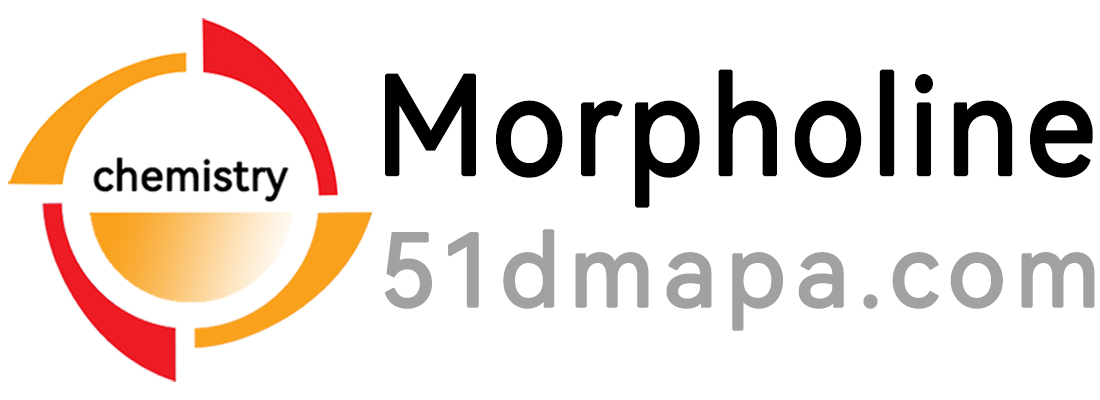
Wool, as a natural fiber, has been loved by people since ancient times for its unique warmth retention, hygroscopicity and aesthetics. However, the dyeing process of wool is full of challenges because the wool fiber has a complex structure and is easily damaged by heat and chemicals. In order to improve the dyeing effect, ensure the brightness and durability of the color, and protect the fiber from damage, various dyeing auxiliaries are widely used. Among them, Tetramethylguanidine (TMG), as a new wool dyeing auxiliary, has shown its unique advantages.
Challenges of wool dyeing
The main component of wool is keratin, a protein fiber that is highly hydrophilic and has an affinity for certain dyes. However, problems in the dyeing process include uneven distribution of dye, insufficient dyeing depth, and the complexity of post-dyeing treatments. The microporous structure and surface characteristics of wool fibers determine that it is difficult for dye molecules to penetrate and fix evenly. Especially under high temperature conditions, wool may shrink and be damaged, leading to dyeing failure.
Mechanism of action of tetramethylguanidine
Tetramethylguanidine, as a strongly alkaline organic compound, plays the following key roles in the wool dyeing process:
- Improve dye solubility: TMG can increase the pH value of the dye solution and improve the solubility of the dye, making it easier for the dye molecules to disperse in the water and contact the wool fiber more effectively.
- Promote dye penetration: Due to its alkaline nature, tetramethylguanidine can open the scale layer of wool fiber, making it easier for dye molecules to penetrate into the fiber to achieve uniform dyeing.
- Prevent fiber damage: During the high-temperature dyeing process, TMG can stabilize the structure of wool fibers, reduce fiber damage caused by thermal expansion and contraction, and maintain the original elasticity and strength of the fibers.
- Improve dye fastness: Through the special interaction between dyes and fibers, tetramethylguanidine can enhance the binding force between dyes and wool fibers, improving the wash fastness and light fastness of dyeing. .
Application examples and advantages
In the actual wool dyeing process, the application of tetramethylguanidine has proven its significant advantages:
- Improve dyeing efficiency: Using tetramethylguanidine as a dyeing auxiliary can significantly shorten the dyeing time, improve production efficiency, and also reduce energy consumption.
- Improve dyeing uniformity: The addition of TMG makes the dye more evenly distributed on the fiber, avoiding the problems of dyeing spots and color difference, and improving the appearance quality of the product.
- Enhance color stability: By strengthening the binding of dyes to wool fibers, tetramethylguanidine can effectively improve the durability of dyeing. Even after multiple washings, the color remains as bright as ever.
- Environmentally friendly: Compared with traditional dyeing auxiliaries, tetramethylguanidine is used less and produces relatively low wastewater pollution, which is in line with the development trend of green dyeing and finishing.
Conclusion
Tetramethylguanidine, as an efficient wool dyeing auxiliary, its application in the dyeing process not only solves the problems in traditional dyeing processes solve many problems and bring higher quality and economic benefits to the production of wool products. As the textile industry attaches increasing importance to environmental protection and sustainable development, the development and application of tetramethylguanidine and its similar compounds will become one of the key factors in promoting the advancement of textile dyeing technology.
In the field of textile dyeing and finishing in the future, tetramethylguanidine is expected to become a mainstream dyeing auxiliary, bringing revolutionary changes to the dyeing process of wool and other protein fibers, and helping the textile industry become more environmentally friendly, efficient and High-quality development.
Further reading:
T120 1185-81-5 di(dodecylthio) dibutyltin – Amine Catalysts (newtopchem.com)
DABCO 1027/foaming retarder – Amine Catalysts (newtopchem.com)
DBU – Amine Catalysts (newtopchem.com)
bismuth neodecanoate – morpholine
amine catalyst Dabco 8154 – BDMAEE
2-ethylhexanoic-acid-potassium-CAS-3164-85-0-Dabco-K-15.pdf (bdmaee.net)



